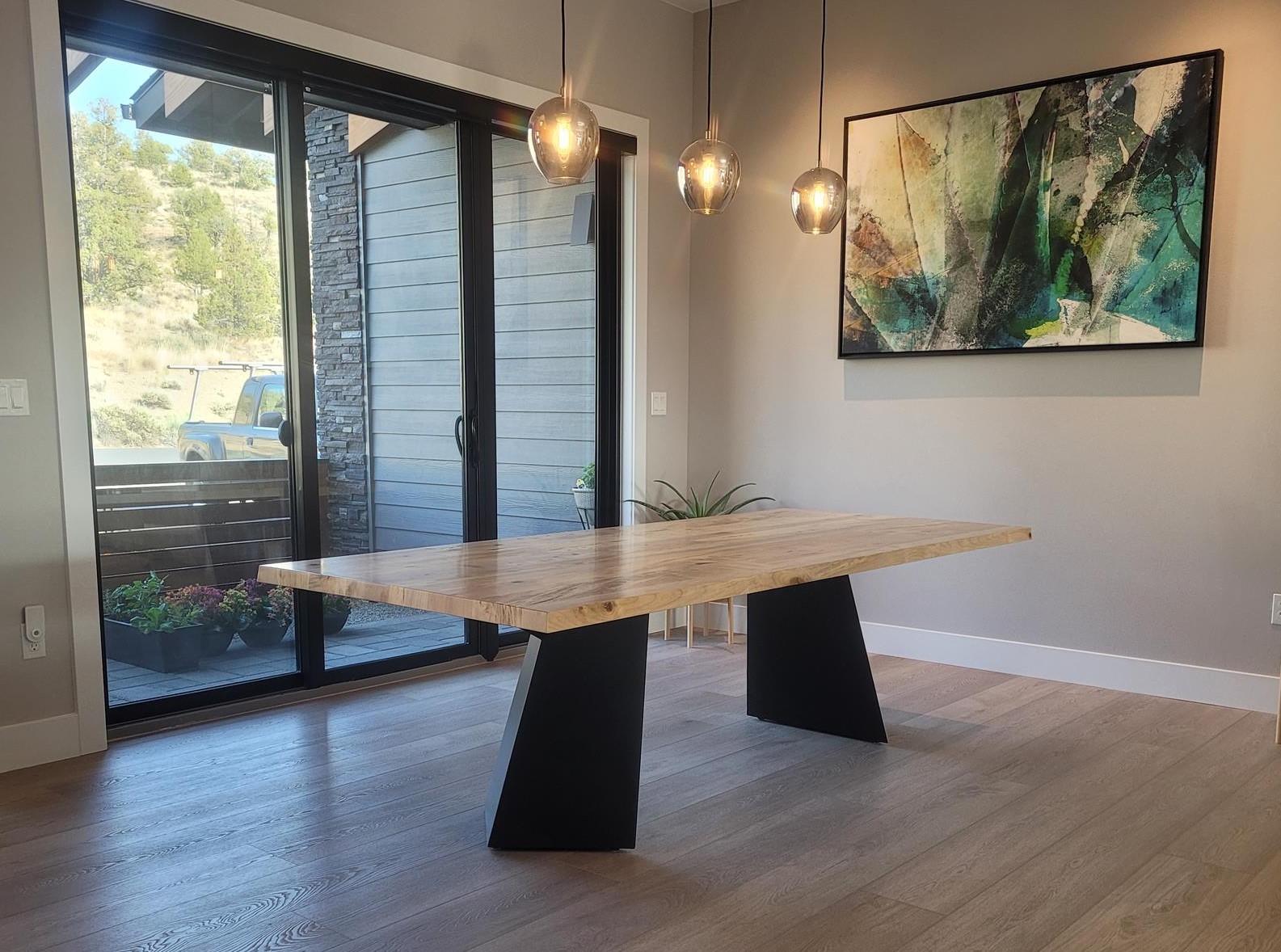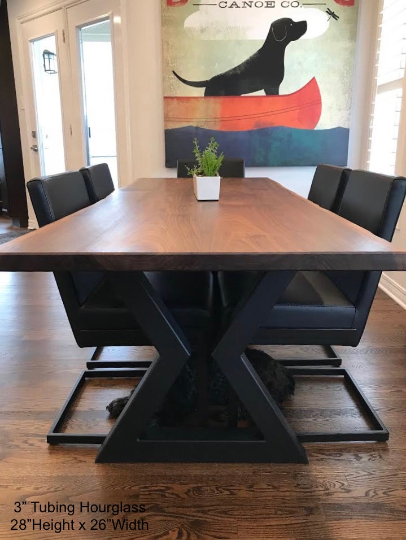Table Legs: Just How to Select the very best Designs for Your Space
Selecting the ideal table legs is vital for both visual and functional harmony in your dining space. Whether your space boasts a streamlined, modern-day ambiance or leans towards a more typical ambiance, the design of the legs can considerably affect the overall look. Tapered legs exhibit contemporary sophistication, while turned legs provide a nod to traditional beauty. Beyond design, the material-- be it cozy wood or smooth steel-- plays a crucial role in setting the tone. However how do you make certain these components enhance your existing decor while providing the necessary security? The response depends on a balanced approach.
Analyzing Your Eating Space Style
Just how do you identify the best eating table legs for your area? The response starts with a thorough evaluation of your eating space design. A cohesive design makes certain that your table legs improve the overall visual rather than clash with existing aspects.
Next, think about the existing furniture and decor. The products, shades, and structures within the room play a critical duty. A dining area with smooth, modern-day chairs and metallic accents may profit from easy, structured table legs. Conversely, an area filled with classic items and rich materials might require luxuriant, sculpted legs.
Large, open eating rooms can fit heavier, extra considerable legs, whereas smaller areas require more fragile, unobtrusive layouts. By thoroughly reviewing these elements, you can pick dining table legs that harmoniously mix with your eating room's design.
Popular Leg Styles Discussed

One prevalent style is the conical leg, renowned for its sleek, modern-day appearance. Next off, the turned leg features complex spindle-like designs, usually discovered in conventional and farmhouse settings.
Cabriole legs, with their distinct curves, are synonymous with French Provincial and Queen Anne furniture. Their stylish, moving lines bring a feeling of class and historical appeal (dining room table legs). For those favoring a robust and uncomplicated style, square legs provide sturdy support and a clean, geometric appearance, ideal for industrial or minimalist rooms
Lastly, barrette legs offer a retro, mid-century modern ambiance. Made from steel, these legs are both light-weight and solid, including a special aesthetic contrast to wooden tabletops. Comprehending these designs will assist you in choosing table legs that enhance your space's aesthetic and performance.
Material Considerations

Steel legs, commonly made from stainless steel, iron, or aluminum, give a contemporary and commercial appearance while making sure robust assistance. They are commonly much more you could try these out resistant to put on and tear, making them a resilient selection.

Various other products like bamboo or rattan provide environment-friendly choices, bringing an all-natural and unwinded vibe to the dining area. Each material has its pros and cons, and the very best choice will certainly depend upon your specific needs and choices.
Balancing Looks and Performance
Attaining the perfect equilibrium between aesthetic appeals and performance is vital when picking dining table legs. While the aesthetic allure of table legs can dramatically enhance the total atmosphere of an eating room, their functional facets can not be overlooked. The style of the legs must integrate with the area's décor, yet they should additionally give adequate assistance and stability for the table.
Consider the building layout of your room. Streamlined, modern-day insides may profit from minimal, metal legs that supply a tidy and inconspicuous look. On the various other hand, traditional settings typically enhance transformed or sculpted wooden legs that include a touch of elegance and elegance.
Performance incorporates the stability and toughness of the legs. Trestle legs, known for their robustness, can give solid my latest blog post support for bigger tables, making them perfect for families or frequent performers. On the other hand, pedestal legs can supply more legroom and flexibility, enabling much better seats arrangements
Moreover, the height and positioning of the legs are important for comfy eating. Legs put also far inward might hamper seats, while those also near the side can restrict movement. Hence, thoughtful factor to consider of both visual and functional aspects is vital for an optimal eating experience.
Customization and DIY Options
Customization opens a world of possibilities for developing dining table legs that are uniquely customized to your taste and demands. Specific layout elements, such as transformed legs, tapered shapes, or complex carvings, can be incorporated to mirror your design.
For those likely towards diy (DIY) projects, creating custom-made eating table legs supplies both a gratifying experience and the chance to achieve a bespoke visual. DIY enthusiasts can source basic materials and make use of woodworking or metalworking tools to craft legs that meet specific requirements. Additionally, countless online tutorials and workshops supply guidance, making the process much more accessible for newbies.
Ultimately, whether going with expert modification or getting started on a DIY endeavor, the capability to tailor dining table legs makes certain that the end product balances with your interior decoration vision, boosting both capability and aesthetic appeal.
Conclusion
Choosing the appropriate table legs calls for careful factor to consider of the overall style of the dining-room, consisting of existing architectural functions and furniture. Recognizing prominent leg designs and product options is crucial for attaining an unified visual. Stabilizing appearances with functionality ensures security and improves the dining experience. Personalization choices better permit a customized design. Eventually, the selected table legs ought to complement the style, giving both visual appeal and functional assistance.